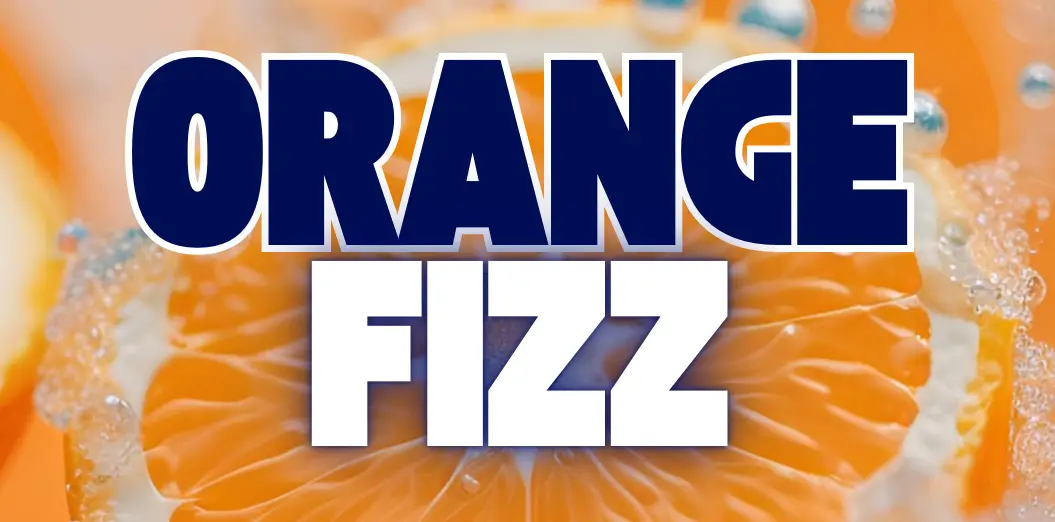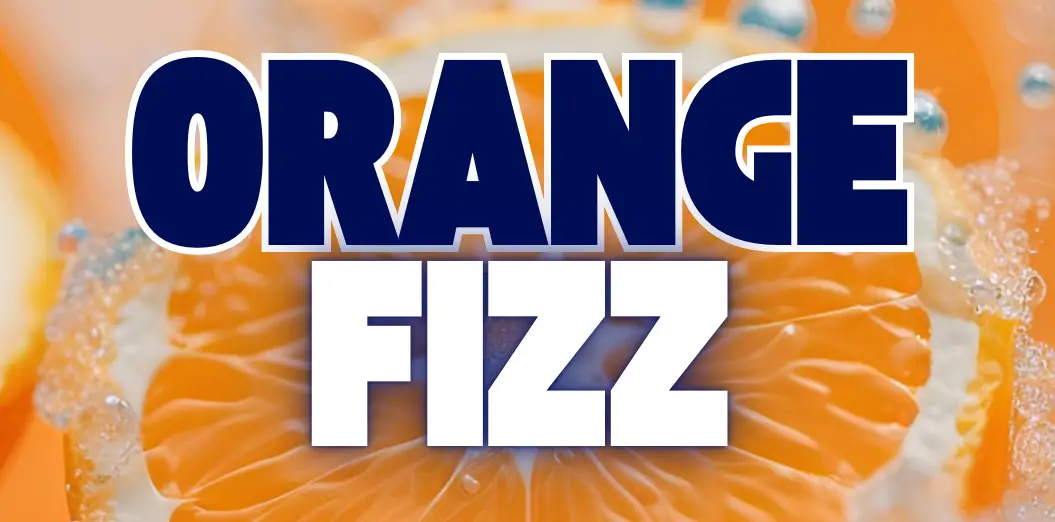Artificial turf fields have revolutionized sports, offering durability and usability that natural grass often can’t match. In fact, their popularity is enabling the global artificial turf market to reach a value of $3.8 billion by next year. These synthetic fields, however, come with concerns that demand attention, particularly regarding the presence of per- and polyfluoroalkyl substances (PFAS).
Often called “forever chemicals”, PFAS have been linked to health risks ranging from hormonal disruption to cancer. For players, parents, and coaches, understanding the risks of PFAS in artificial turf fields is critical for making informed decisions about their use.
Why are PFAS in Turfs a Concern?
PFAS are a group of man-made chemicals used in various industrial and consumer products for their resistance to heat, water, and grease. Found in items ranging from nonstick cookware to firefighting foam, these chemicals have become pervasive in the environment.
In the context of artificial turf fields, PFAS are often used in the manufacturing process to create durable and water-resistant surfaces. While these features make the fields ideal for year-round use, they also raise red flags about potential contamination.
The release of PFAS into the surrounding environment, through runoff or field degradation, exposes players to harmful substances that may pose long-term health risks.
PFAS Exposure and Player Health: What Does Science Say?
Artificial turf contains what public health advocates call dangerous levels of PFAS. These highly mobile chemicals can make their way into your body through skin contact, inhalation, ingestion, or even open wounds.
Scientific research into the health effects of PFAS exposure reveals troubling findings. According to TorHoerman Law, these chemicals have been associated with an array of health issues, including kidney and liver damage and cancer. While direct exposure levels from artificial turf fields remain a topic of ongoing study, indirect exposure through contaminated water or soil has been well-documented.
Athletes who spend significant time on artificial turf may be at risk, particularly those prone to cuts or abrasions during play. That’s because PFAS can potentially enter the body through open wounds. Research is already suggesting that children playing on artificial turf may be exposed to harmful PFAS chemicals.
Besides, young athletes, whose bodies are still developing, may be more vulnerable to the adverse effects of chemical exposure. The cumulative impact of PFAS exposure over time further amplifies the concern, making it essential to evaluate the safety of these fields.
Lessons from Past PFAS Cases: A History of Legal Battles and Public Outcry
The dangers of PFAS are not new, as evidenced by numerous high-profile cases and legal actions. One of the most notable examples involves firefighting foams, specifically aqueous film-forming foam (AFFF), which contains high concentrations of PFAS.
Firefighters and communities near military bases, airports, and industrial sites have reported significant health issues, including cancer, due to prolonged AFFF exposure.
The rise of the PFAS lawsuit has brought these issues to light. As per the latest PFAS lawsuit update, victims have filed numerous AFFF firefighting foam lawsuits, seeking accountability for contamination and the resulting health problems.
More AFFF lawsuits related to the PFAS case are being filed almost every month. These legal battles often hinge on claims that manufacturers knowingly sold products containing PFAS without adequately warning users about the risks.
The ripple effects of these cases are evident in the broader public discourse. The widespread filing of AFFF lawsuits underscores the growing awareness of PFAS-related dangers.
The Broader Implications for Communities and the Environment
Artificial turf fields are not isolated systems; their impact extends to surrounding communities and ecosystems. PFAS from these fields can leach into nearby soil and water, contributing to broader environmental contamination. For neighborhoods adjacent to sports facilities, this contamination can infiltrate drinking water supplies, exposing even non-athletes to risks.
Moreover, the disposal of old artificial turf fields poses another environmental dilemma. Discarded turf, often ending up in landfills, can release PFAS into the groundwater over time. These cascading effects emphasize the need for systemic solutions that go beyond individual fields and address the broader implications of PFAS use in manufacturing.
Alternatives and Advocacy: Pushing for Safer Playing Fields
The growing awareness of PFAS-related risks has spurred efforts to find safer alternatives to traditional artificial turf. Some manufacturers are exploring PFAS-free materials, though widespread adoption remains slow. Advocacy groups and concerned citizens have also called for stricter regulations on PFAS in consumer products, including synthetic fields.
In the meantime, athletes and parents are taking precautionary measures to minimize exposure. Simple actions like washing hands and changing clothes after playing on artificial turf can reduce the risk of chemical transfer. However, these measures are temporary fixes to a systemic problem that demands regulatory and industry-level changes.
Should Players Be Worried?
For players, the presence of PFAS in artificial turf fields is a legitimate concern, but context matters. The level of direct exposure from playing on these fields may not be as severe as in cases of AFFF exposure. However, the cumulative risks associated with PFAS contamination cannot be ignored.
Athletes who frequently use these fields, particularly at a young age, are at the highest risk of experiencing potential long-term effects.
The uncertainties surrounding PFAS exposure should not incite panic but should encourage vigilance. Parents, coaches, and players must stay informed about ongoing research and advocate for safer field materials. Local governments and sports organizations also have a role to play in addressing these concerns and prioritizing player safety.
Artificial turf fields have undeniably transformed sports by offering accessibility and durability that natural grass often struggles to provide. However, the presence of PFAS in these fields presents a complex challenge that calls for action on multiple fronts.
Players and communities must weigh the convenience of synthetic fields against the potential health and environmental risks. While research into the direct impact of PFAS exposure from turf is ongoing, past cases involving AFFF exposure serve as cautionary tales.
Greater transparency from manufacturers, stricter regulations, and continued advocacy for safer alternatives are essential for ensuring the safety of athletes.


















